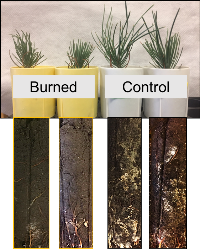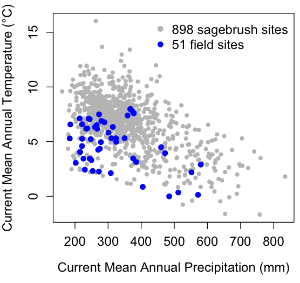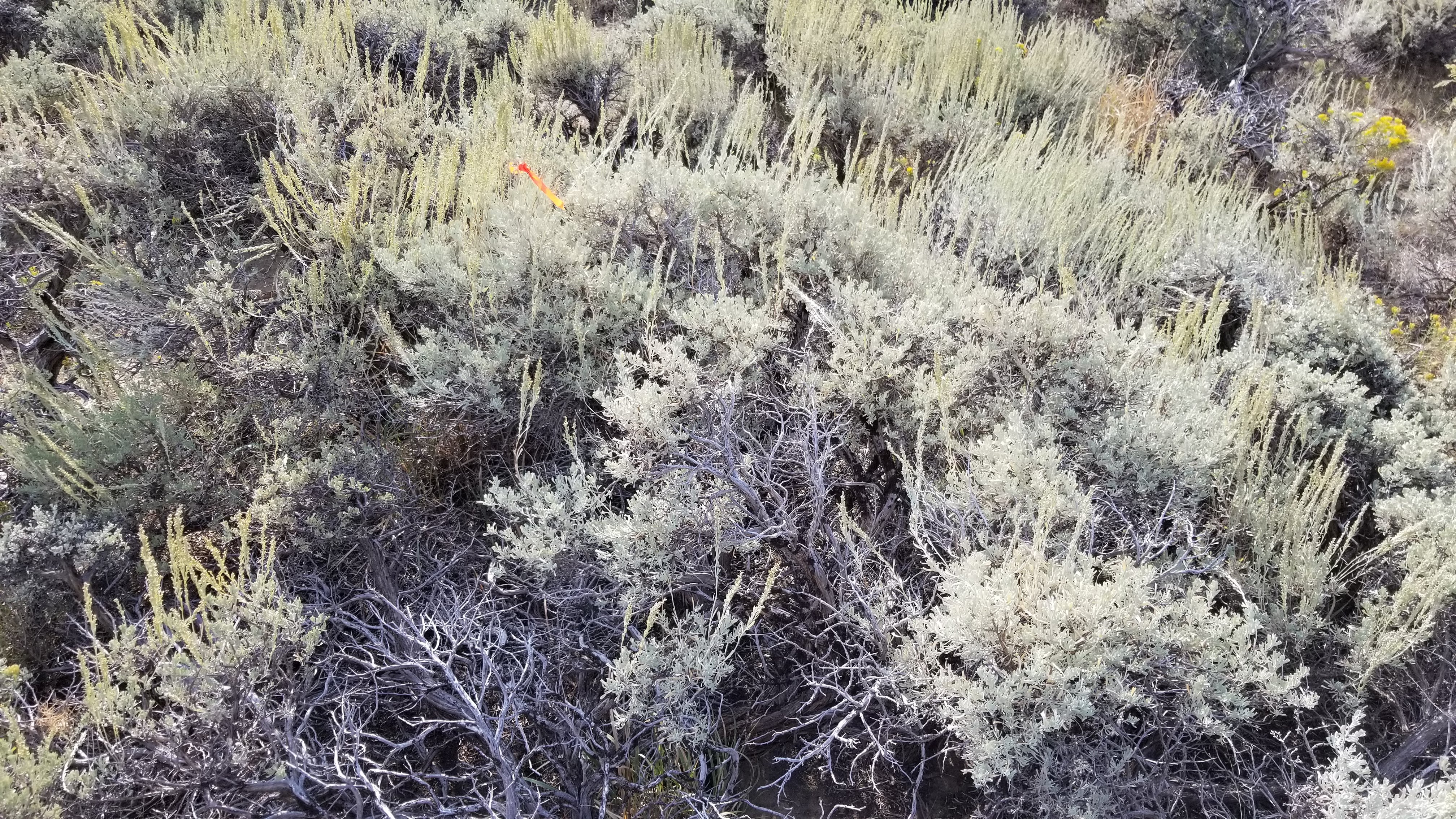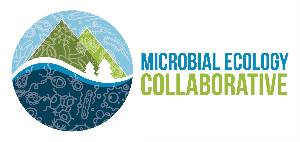Sagebrush ecosystem recovery after wildfire & herbicide application
In 2020, the Mullen wildfire in the Medicine Bow-Routt National Forest in southeastern Wyoming burned approximately 176,000 acres (~71,224 hectares). In the summer of 2021 the herbicide indaziflam was applied to 10,903 acres (~ 4,412 hectares) to the sagebrush areas that were in a high-risk category for the invasion of cheatgrass. To understand the efficacy of the herbicide Rejuvra (indaziflam) and the effects of herbicide application on the soil microbial community and vegetation, we are monitoring the soil and vegetation.
Project objectives:
1) Compare soil microbial diversity & function post-fire treated with the herbicide indaziflam to untreated control areas,
2) Understand changes in and the recovery of soil microbial communities post-fire and how this is related to the recovery of aboveground vegetation.
Publications:
Tanner Hoffman, 2023. Belowground biodiversity following herbicide application post wildfire. MS thesis, University of Wyoming, Department of Ecosystem Science and Management.
Forest Restoration after wildfire
In July 2012, the high-severity Arapaho Fire burned ~40,000 ha in the Northern Laramie Mountains of Wyoming, including the University of Wyoming’s Rogers Research Site (RRS). To understand recovery of the ponderosa pine ecosystem, restoration treatment were established at RRS.
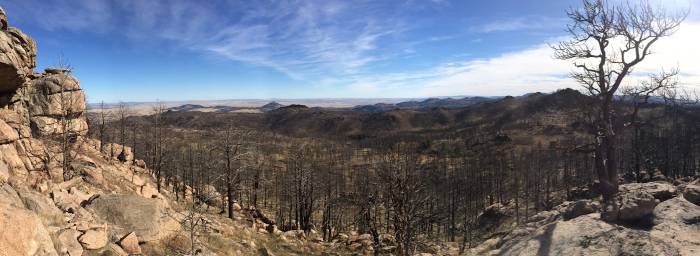
Project objectives: Understand how wildfire and subsequent post-fire managements strategies affect a) ponderosa pine seedling survival, fitness, and pine regeneration from seed, b) post-fire vegetation community composition and dynamics, including invasive species, c) soil biogeochemical properties and processes, and d) soil microbial community and associated processes.
Publications:
Winters, S. and L.T.A. van Diepen, 2023. Ponderosa pine introduction methods following a high-severity
stand replacing fire to promote forest regeneration. Fire Ecology 19:4. https://doi.org/10.1186/s42408-022-00152-5
Stephanie Winters, 2019. Linking soil ecology with the restoration of ponderosa pine forests following a high-severity wildfire in the Laramie Mountains of Wyoming. MS thesis, University of Wyoming, Department of Ecosystem Science and Management.
|
|
|
Ponderosa pine seedlings were planted and seeded in the various restoration treatments, but two years after seedling planting, average seedling survival in the hand-planted treatment was extremely low and natural regeneration and regeneration from broad cast seeding was almost nonexistent. Current research is focused on understand the role of mycorrhizal fungi in seedlings estblishment and growth. |
|
|
.


